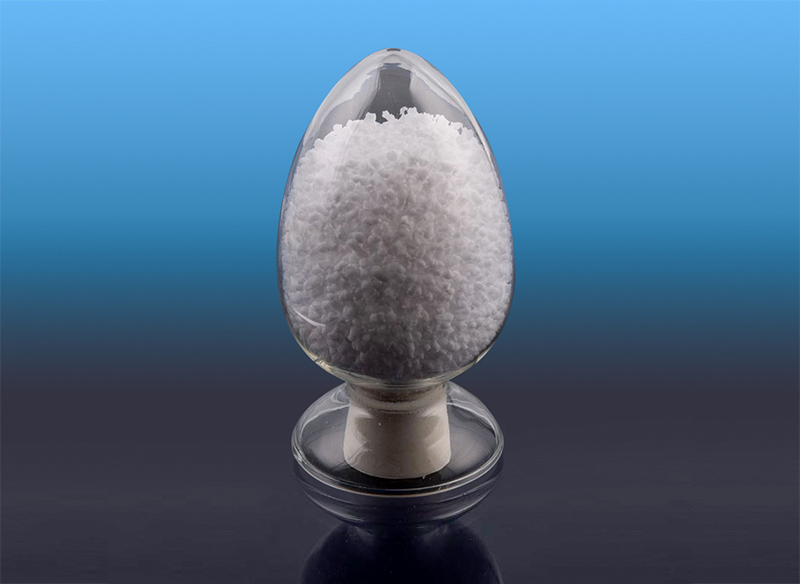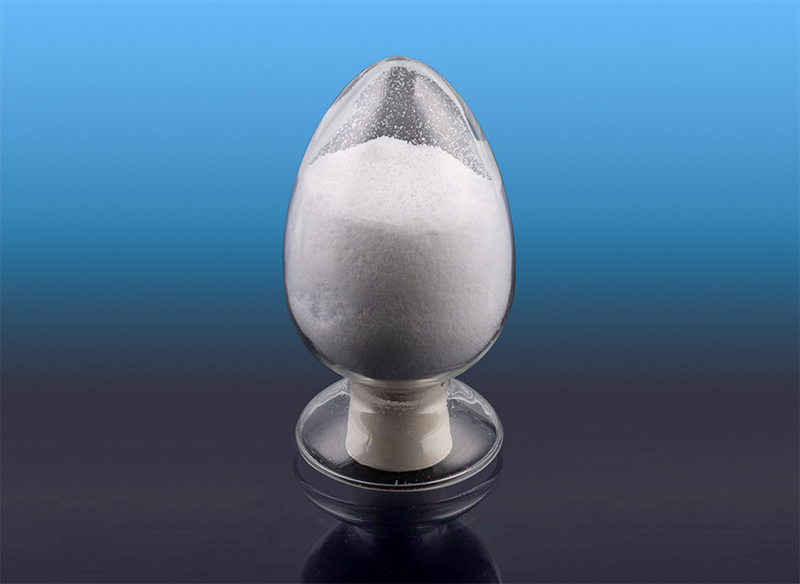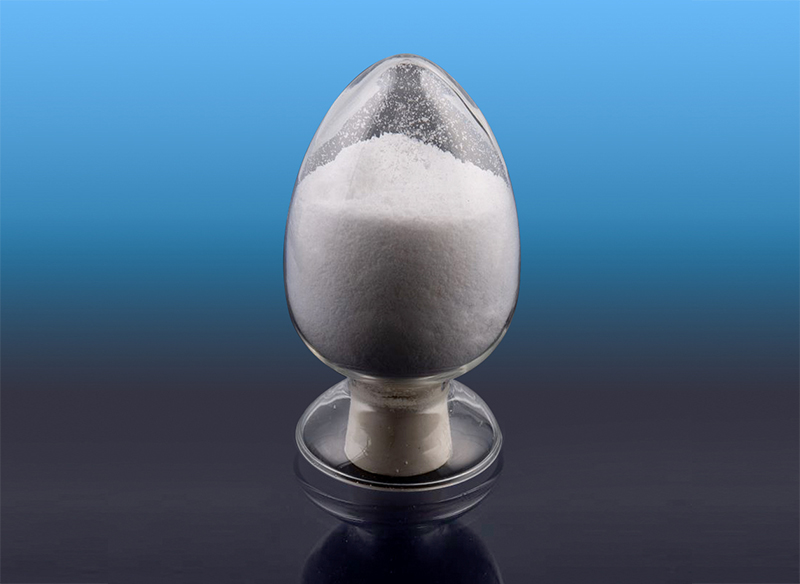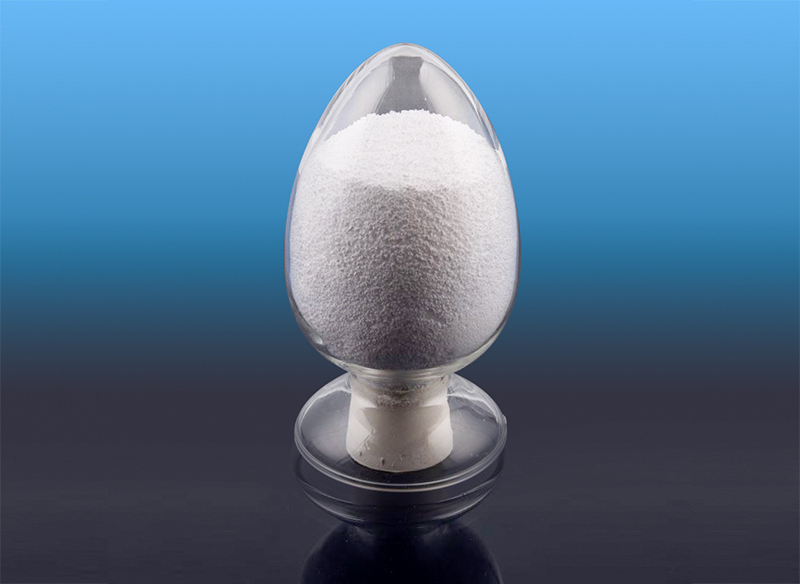Enhancing Rubber Performance and Durability with Hydrogenated Isoprene Polymer (EP)
Practical Benefits of Hydrogenated Isoprene Polymer (EP)
Hydrogenated Isoprene Polymer (EP) is widely used in rubber formulations to enhance elasticity, thermal stability, and resistance to oxidation. This polymer delivers superior performance under extreme temperatures and mechanical stress, making it ideal for automotive, industrial, and consumer rubber applications. By improving durability and flexibility, EP helps extend product life and reduce maintenance costs.
Key Applications in Various Industries
EP is utilized in multiple sectors where high-performance rubber components are required. Its ability to maintain mechanical integrity under harsh conditions ensures reliable performance in critical applications.
Common Use Scenarios
- Automotive tires, seals, and gaskets requiring high elasticity and wear resistance
- Industrial hoses, belts, and vibration dampers exposed to heat and chemicals
- Consumer rubber goods such as footwear soles and sports equipment components
- Adhesive formulations for improved bonding and mechanical strength
- Specialty rubber compounds requiring long-term oxidative stability
Material Features and Performance Benefits
Hydrogenated Isoprene Polymer (EP) offers enhanced thermal and oxidative stability compared to conventional polyisoprene. Its saturated backbone structure reduces susceptibility to UV and ozone degradation, while maintaining excellent elasticity and tensile strength. EP can be blended with other rubbers to optimize performance characteristics for specific applications.
Performance Comparison
| Property | Hydrogenated Isoprene Polymer (EP) | Traditional Polyisoprene |
| Thermal Stability | High | Moderate |
| Oxidation Resistance | Excellent | Lower |
| Elasticity | High | Moderate |
| Durability | Long-Term | Medium |
Processing and Application Tips
EP can be processed using standard rubber compounding and molding techniques. Attention to temperature control and mixing ensures uniform dispersion and optimal mechanical properties. For applications requiring high durability, EP is often blended with fillers or other polymers to further enhance performance.
Best Practices
- Use controlled mixing to achieve uniform polymer distribution
- Monitor processing temperatures to prevent thermal degradation
- Blend with compatible rubbers or fillers for enhanced mechanical properties
- Store EP in cool, dry conditions to maintain stability before use
Conclusion: Durable and High-Performance Rubber Solutions
Hydrogenated Isoprene Polymer (EP) provides significant advantages in durability, elasticity, and resistance to thermal and oxidative degradation. Its versatility in automotive, industrial, and consumer applications ensures high-performance rubber products, extending service life and reducing maintenance costs.





